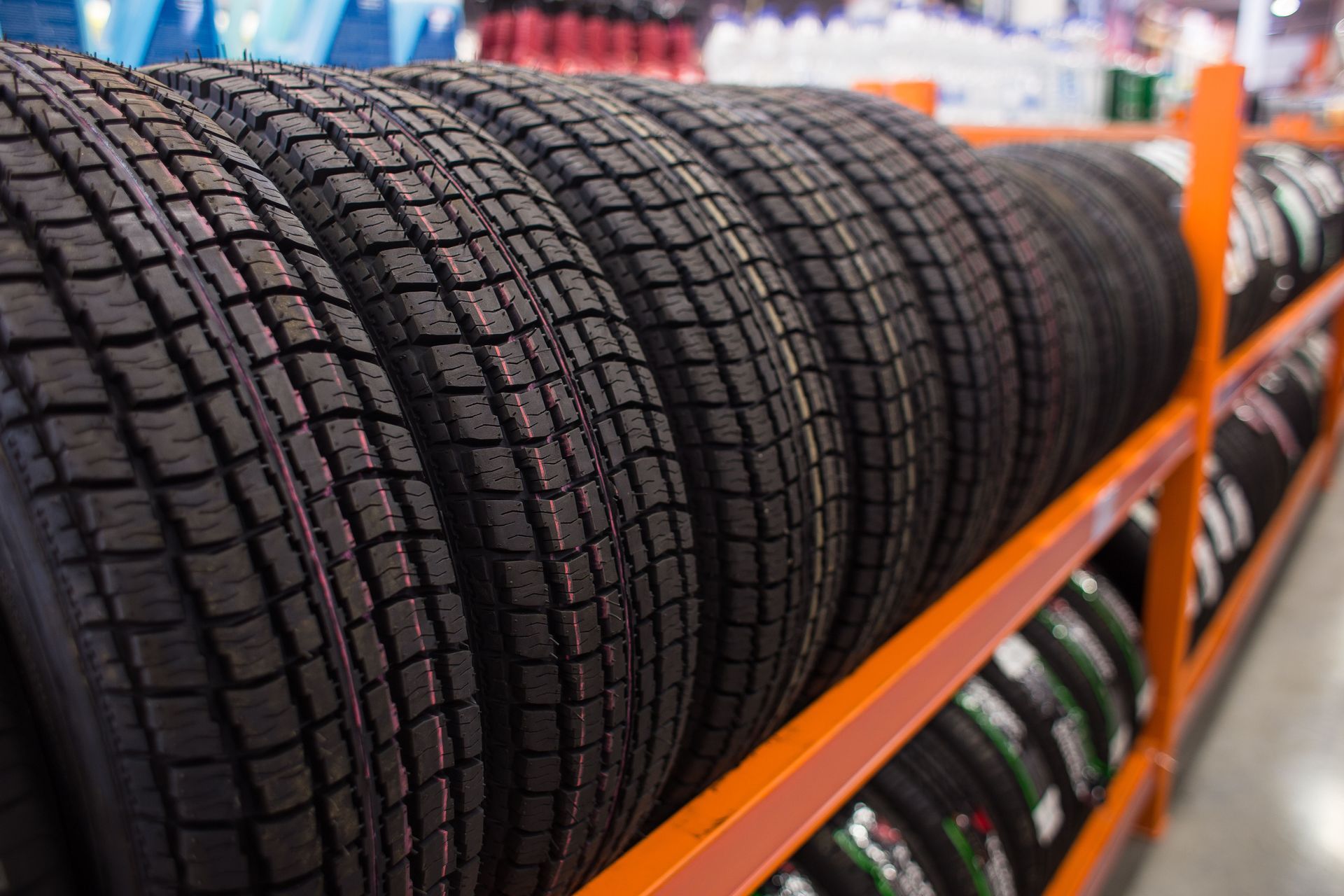What Happens to Cars at a Salvage Yard After They’re Sold for Parts?
When a car reaches the end of its life and is no longer suitable for the road, it often finds its way to a salvage yard. Salvage yards play a crucial role in the automotive industry by ensuring that vehicles are recycled and their parts are reused to the fullest extent possible. But what really happens to these cars after their parts have been sold? Explore the journey of vehicles in a scrapyard beyond the sale of their components.
Stripping Down for Value: Harvesting What's Left Behind
After the usable parts of a vehicle have been removed and sold, the remaining carcass is typically assessed for any remaining valuable materials. Most salvage yards will strip the vehicle of any metals that can be repurposed, such as steel, aluminum, and copper. Copper, in particular, is a highly sought-after material as it is not only valuable but also environmentally unfriendly to waste. For instance, according to The Zebra, selling your alternator and starter can provide quick cash while helping to protect the environment, as copper takes 200 to 500 years to fully decompose.
Crushing It: Turning Scrap Into Recyclable Cubes
Once the vehicle is stripped of its parts and materials, it is usually compacted into a cube. This process decreases the size of the vehicle, making it easier and more efficient to transport. The compacted cube is then sent to a recycling facility, where the remaining materials can be further processed. This step in the process helps minimize the amount of waste that ends up in landfills, allowing for more responsible and sustainable disposal of automotive resources.
Beyond the Parts: The Final Journey of a Salvaged Car
While the focus of salvaging is often on procuring reusable car parts, these facilities also contribute to environmental conservation through careful processing and recycling techniques. Modern salvage yards engage in responsible fluid extraction to ensure that harmful substances like oil, antifreeze, and Freon are disposed of properly. This environmental consciousness further highlights the importance of salvage yards within the automotive industry, illustrating their dual role in conserving resources and preventing pollution.
While many see a salvage yard just as a final stop for old and worn-out cars, the truth is that these facilities play a vital role in the recycling ecosystem. From the sale of parts that serve other vehicles to the recycling of metals and proper disposal of toxic substances, scrapyards help turn automotive waste into a resource. This not only earns them a place as crucial players within the automotive industry but also exceptionally contributes to environmental sustainability efforts.
Looking for a salvage yard that sells high-quality car parts? Phil's Auto Parts has you covered. Visit us today to get the parts you need so you can get your car back on the road!



Share On: